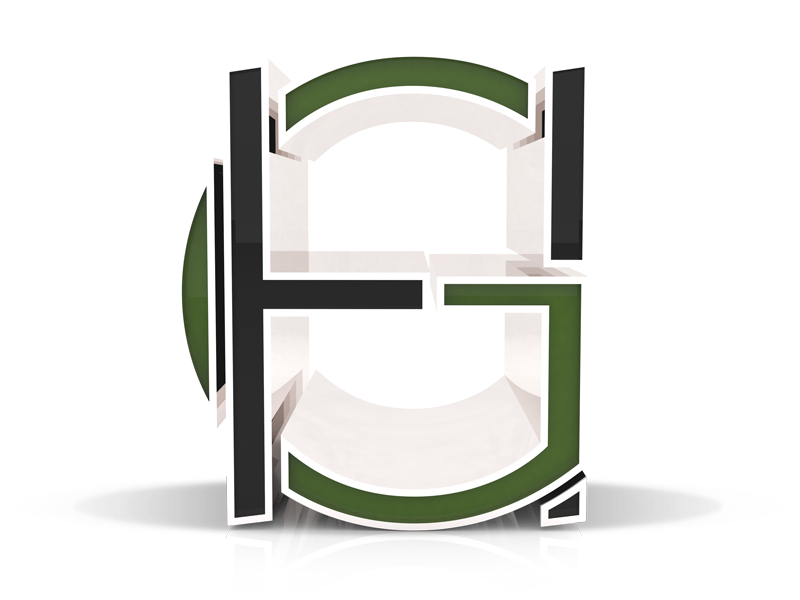Social media campaigns have created an attractive virtual environment for promoting brands and businesses. Social media is highly persuasive in convincing customers to buy compared to other forms of advertising. Surveys show that 78% of businesses have hired dedicated teams to run their social media campaigns.



Your ad design is key in determining whether people will check out your ad and click on it. So, how do you make your social media ads captivating to your audience? The simple answer is you need to pay attention to the elements of advertising design. In this article, we share with you the key elements of social media ad design that will tremendously improve your social media campaign.
1. Color
Studies have shown that color is one of the elements that determine the attractiveness of your ad design because it influences consumers subconsciously. Colors play a significant role in forming the image of your brand. They communicate quality and how your brand addresses the needs of customers.
Good colors also foster satisfaction, trustworthiness, and customer loyalty. Effective colors also inculcate a positive attitude and make consumers perceive your products/services as usable and efficient. This means ad designers should take into consideration the meaning of colors they use based on the culture of the audience they target.
At de Haro Group, we work with professional ad designers who help you pick the right colors that convey the value of your brand. Well-chosen colors have the ability to influence buyer behavior within seconds.
2. Images
Image is considered an important aspect of communication in the modern era because of its ability to communicate a message quickly. Images also work well in attracting and persuading people to learn what the advertising is all about in split seconds. This is possible because images influence behavior without making people to think. Studies have shown that images that are placed vertically are more effective in convincing people to buy compared to horizontal ones.
3. Typography
Typography is part of the ad design process that communicates product information to buyers. A good social media ad should capture the attention of the audience using appropriate words as an integral part of the ad and not for aesthetic purposes. You can improve the typography of your ad by using relevant letters. For example, some fonts look modern, which communicates a sense of dignity. Others convey positivity, fun or even sobriety.
4. Where to Place Your Ad
The design of your ad is also influenced by the social network you plan to place your ad on. You need to know the network that has most of your audience before placing your ad. For example, TikTok is popular among teens while Facebook is loved by mums.
Furthermore, the type of network you choose should be based on the marketing objective you aim at achieving. For example, Facebook would be effective if you’re interested in building awareness, send traffic to your site, and convert your prospects.
What Social Platforms Are Popular Among Consumers?
YouTube is the most popular with 73% of grownups spending time sharing videos on YouTube. Facebook is second in command with 68% of consumers spending time on the platform. Other popular platforms include Instagram (35%), Pinterest (29%), and Snapchat (27%).





